- April 24, 2024
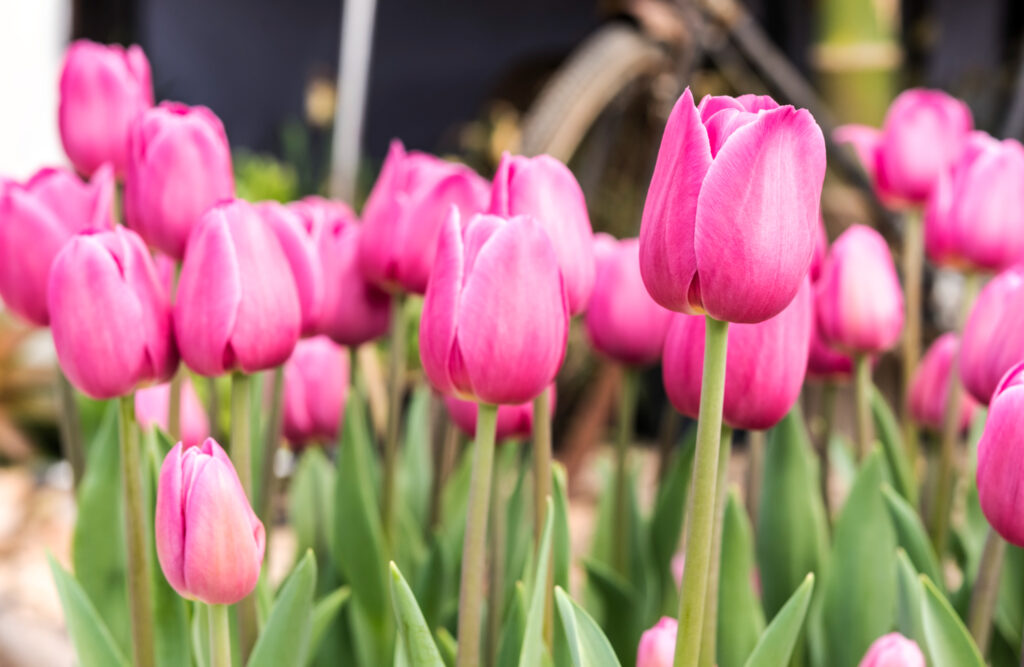
Companion planting for tulips is an experience-based observation developed over centuries. People have noticed that planting certain plants side by side has a positive effect on each other, increasing the quality and quantity of the harvest. Companion planting is not set in stone and it is the least you can do for your plants. You can get the right care from the individual plant article. You can see the companion and the enemy plants of tulips below.
| Companion plants for tulips | Enemy plants of tulips |
|---|---|
| Common sage | Apple tree |
| Russian Sage | Apricot tree |
| Rose | Plum tree |
Why does companion planting work?
Companion planting works due to several interconnected factors:
Pest Control: Certain plants emit natural chemicals or scents that repel pests, effectively acting as natural pest deterrents for nearby plants. This reduces the need for chemical pesticides and fosters a more balanced ecosystem.
Attracting Beneficial Insects: Some companion plants attract beneficial insects like ladybugs, hoverflies, and predatory wasps, which feed on common garden pests. This creates a natural form of pest control and helps maintain ecological balance.
Soil Improvement: Different plants have varying root structures and nutrient requirements. Companion planting can enhance soil health by reducing soil erosion, suppressing weeds, and improving nutrient uptake. For example, leguminous plants fix nitrogen in the soil, benefiting neighboring plants that require nitrogen for growth.
Competition Reduction: Companion planting can help reduce competition for resources such as water, sunlight, and nutrients by utilizing plants with complementary growth patterns and root structures. This allows for more efficient resource utilization and healthier plant growth.
Biodiversity and Resilience: Planting diverse species together increases biodiversity in the garden, which can enhance ecosystem resilience. A diverse ecosystem is better equipped to withstand pests, diseases, and environmental stresses compared to monocultures.
Maximizing Space: Companion planting allows gardeners to make the most of limited space by intercropping plants with different growth habits and maturity rates. This maximizes yield per square foot and promotes efficient land use.
Overall, companion planting capitalizes on the natural synergies between plant species, creating a thriving and sustainable garden ecosystem.
What are the companion plants of tulips?
The following plants have positive effects on the growth of your tulips. These plants can repel pests that damage your plants. These plants provide increased nutrition to the soil that your plants can use. Therefore, we recommend planting these plants next to your tulips.
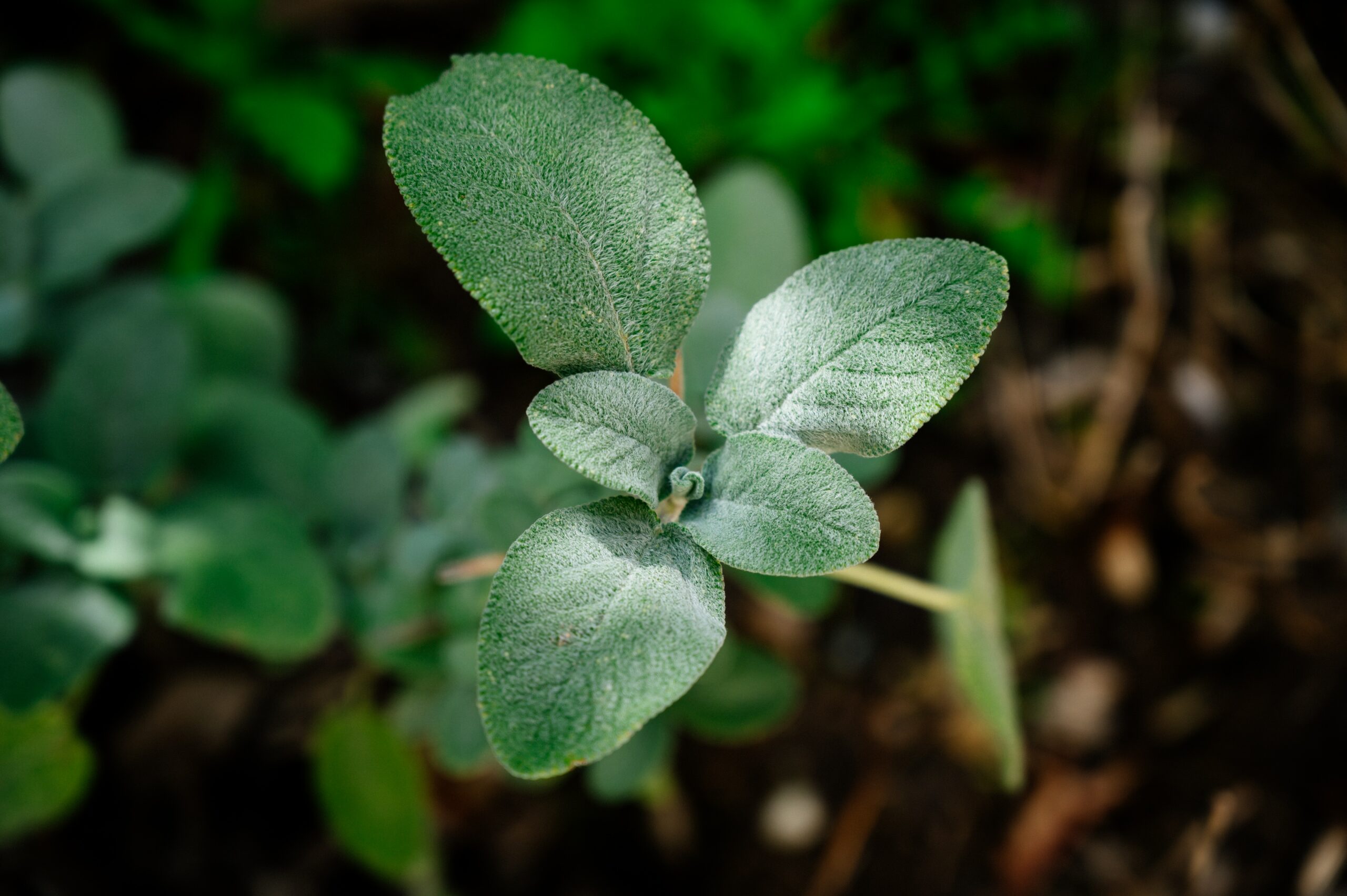
Common sage
Common Sage grows in diverse soil conditions. Flourishing in well-drained, sandy or loamy soil. Full sunlight and moderate moisture nurture its aromatic foliage and sturdy growth. Common Sage provides invaluable benefits to neighboring plants by repelling pests, attracting beneficial insects, and adding culinary richness to the garden.
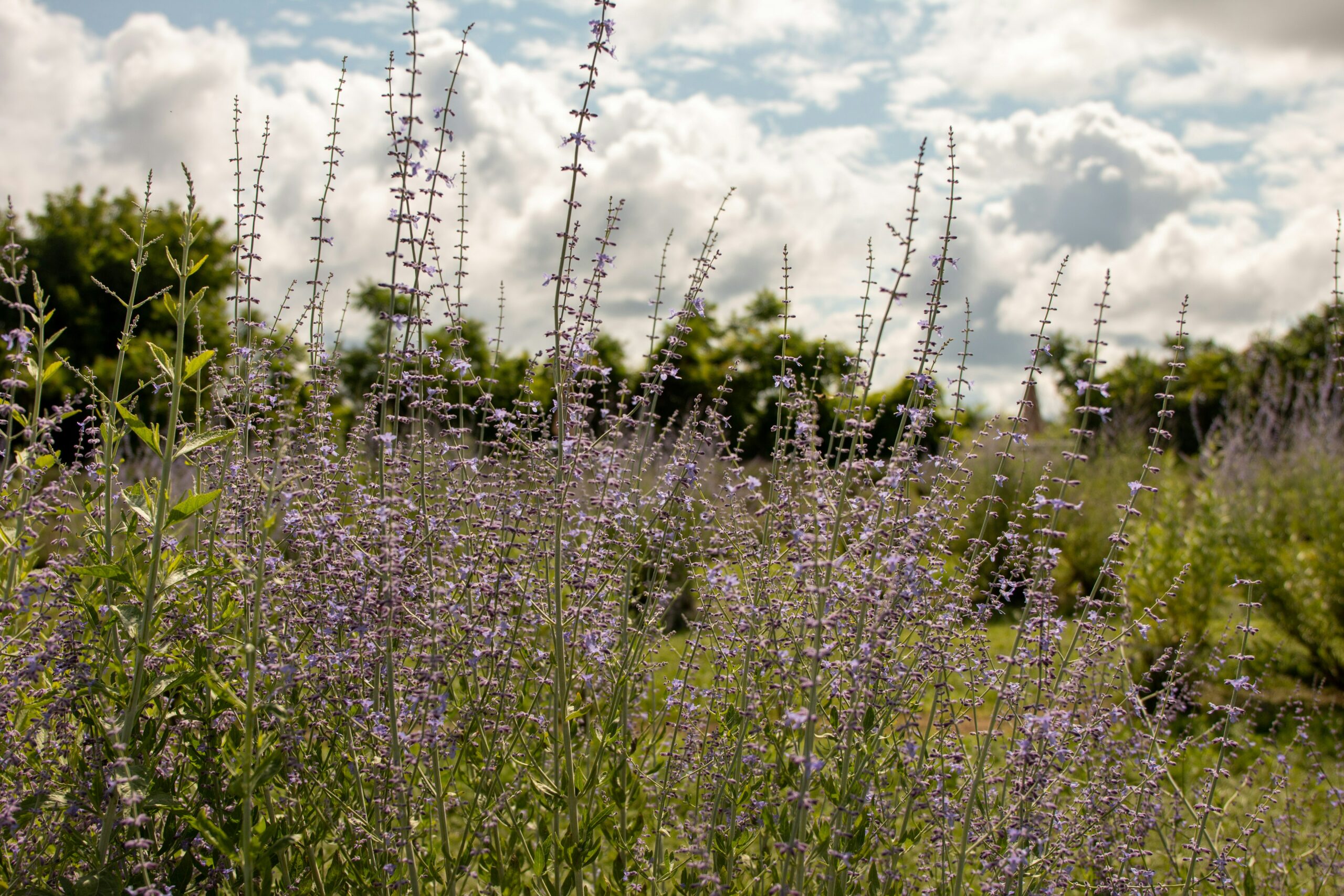
Russian Sage
Russian Sage grows in various soil conditions. Flourishing in well-drained, sandy or loamy soil with a pH range between 6.0 and 8.0. Full sunlight and good air circulation nurture its delicate leaves and wispy stems. Russian Sage provides invaluable benefits to neighboring plants by attracting pollinators, enhancing garden aesthetics, and offering a touch of silvery beauty to the landscape.
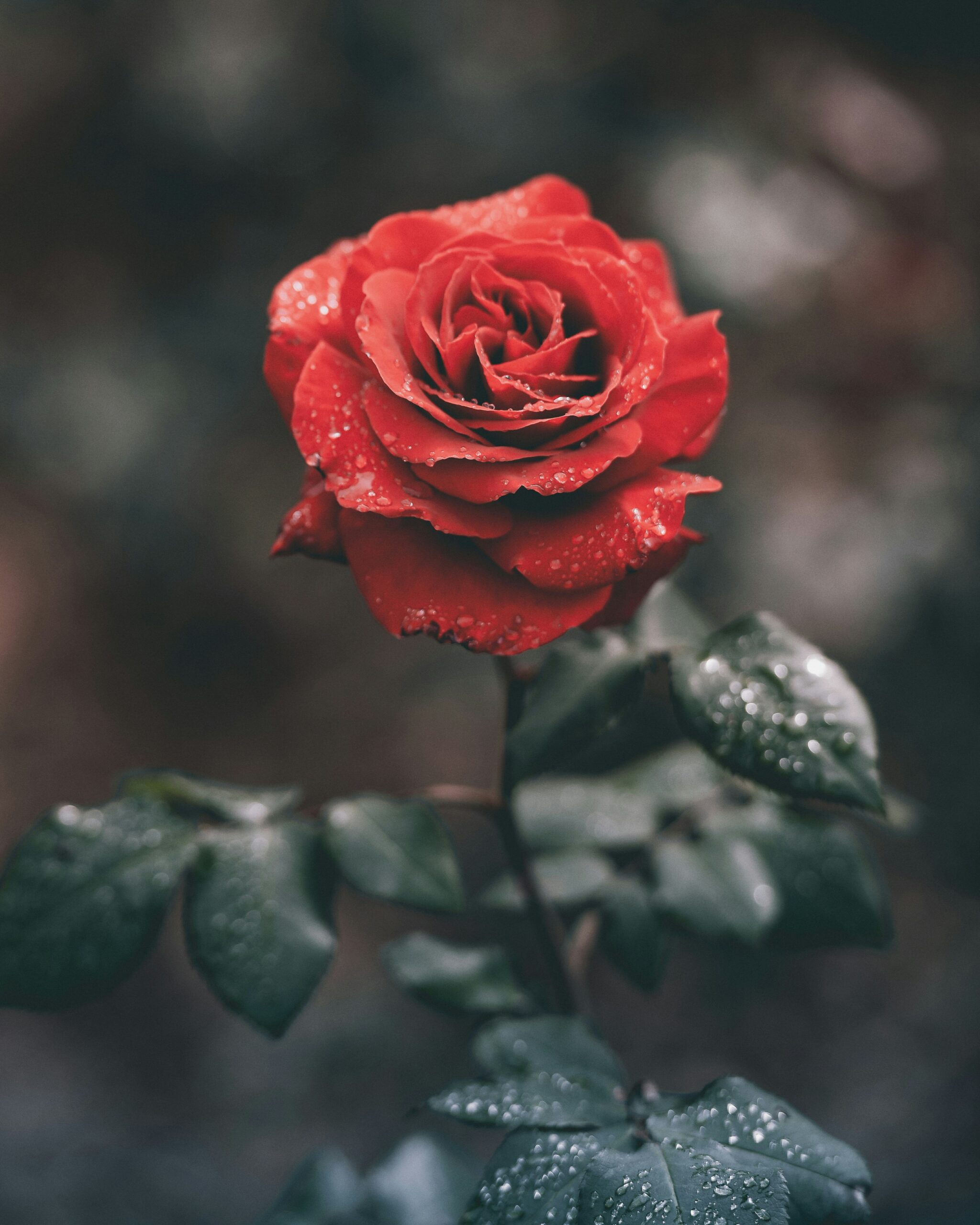
Rose
Roses, known for their majestic blooms and garden beauty, grow in various soil conditions. Flourishing in loamy soil with a pH range between 6.0 and 7.0. Full sunlight and consistent moisture nurture their luxurious flowers and lush foliage. Roses provide invaluable benefits to neighboring plants by attracting pollinators, enhancing garden aesthetics, and promoting a sense of tranquility in the landscape.
What should you not plant next to tulips?
Planting these plants next to tulips have huge negative effects on the development of your plant. Growing enemy plants can appeal detrimental insects, change the taste of the grown plant and even consuming all of the nutrients and water from your tulips. Because of these negative effects, we don’t recomment growing the plants below next to your tulips.
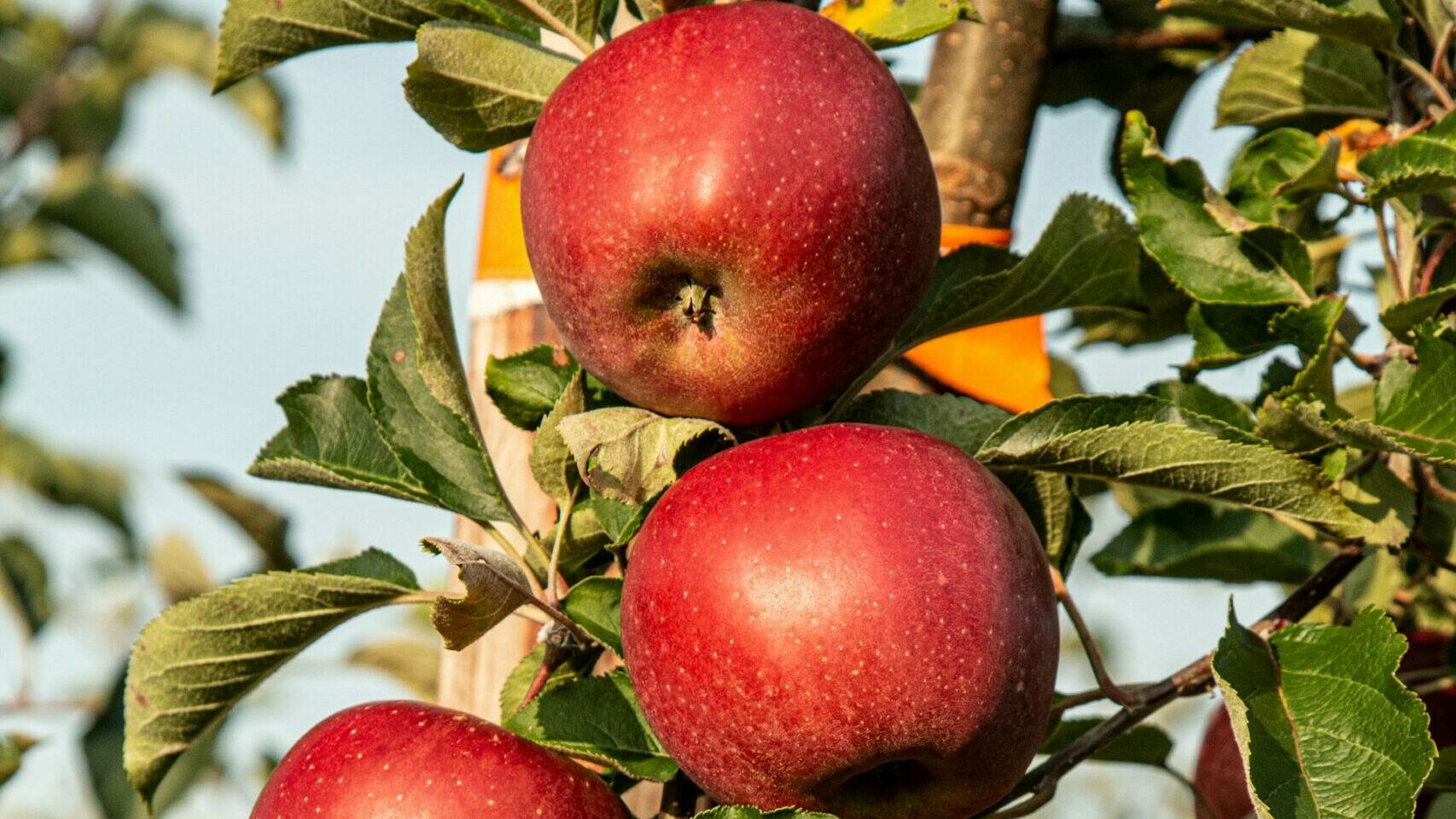
Apple tree
Apple trees promote a thriving ecosystem for surrounding plants. With shallow roots, they welcome a variety of companions, while their blossoms attract essential pollinators. Nearby crops benefit from increased yield, thanks to the pollination provided by these majestic trees. An apple tree: a cornerstone of garden harmony.
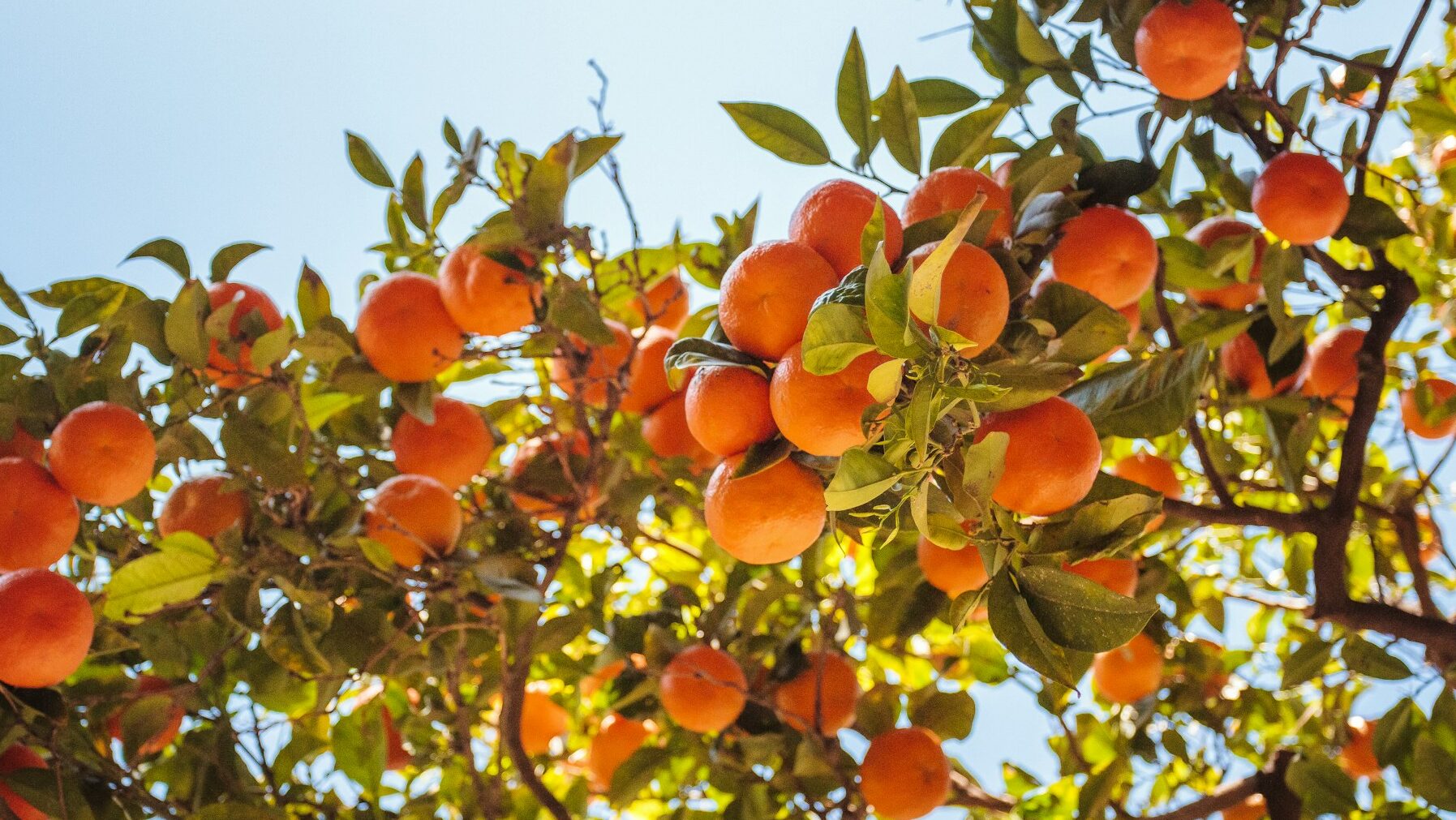
Apricot tree
The Apricot Tree thrives well-drained, slightly acidic to neutral dirt. It's a sun worshipper, boasting glossy leaves and delicate blossoms that yield delicious apricots. Beyond its tasty fruit, it's a soil booster, attracts pollinators, and adds a flavorful touch to all sorts of recipes.
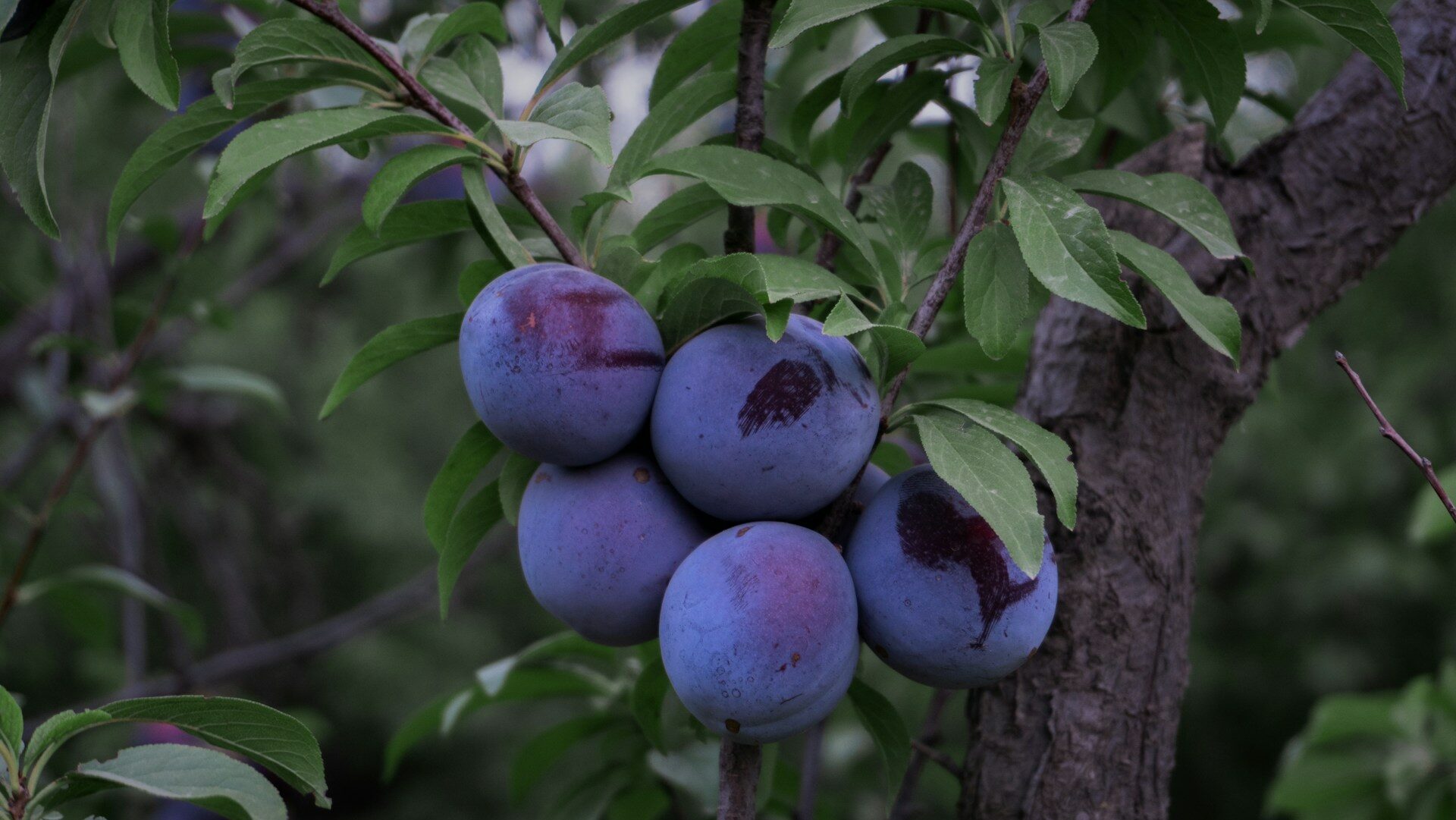
Plum tree
The Plum Tree flourishes in well-drained, fertile soil with a pH range of 6.0 to 6.5. It prefers partial shade and moderate moisture, boasting lush foliage and bountiful fruit. Beyond its delicious harvest, the Plum Tree enriches soil health, attracts pollinators, and adds a delightful touch to culinary creations.
